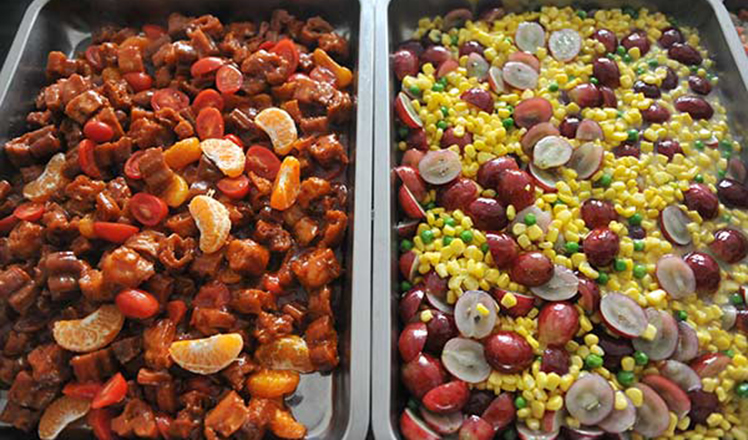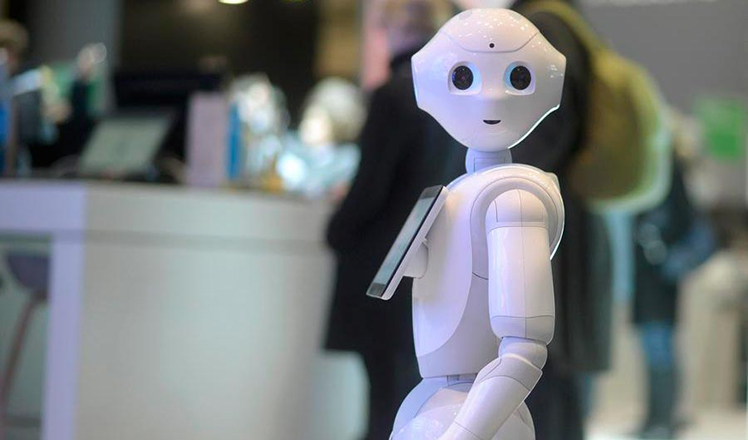Chinese steamed buns to go global
Updated: 2016-03-19 02:22
By YU RAN in Shanghai(China Daily USA)
|
||||||||
|
GanQiShi plans to open 20 to 30 of its restaurants in the US within the next five years. gao erqiang / china daily |
A steamed bun brand from Hangzhou is set to make its first step out of China by opening a restaurant in the United States this May.
This restaurant by GanQiShi Bao Bao, a Chinese brand well-known for its delicious handmade buns, or baozi, will be located in Harvard Square in Boston, an area that is surrounded by top universities like Harvard University and Massachusetts Institute of Technology.
GanQiShi is also planning to open 20 to 30 restaurants in the New England region within three to five years. The second restaurant will open in the state of Rhode Island in August.
“The US may have many Chinese restaurants but it doesn’t actually have a traditional bun restaurant. As one of China’s most iconic traditional handmade foods, baozi should be appreciated by the world and that’s also why I intend to bring our authentic offerings to the US,” said Tong Qihua, the founder and chairman of GanQiShi Bao Bao chain.
Founded in 2009 in Hangzhou, Zhejiang province, GanQiShi sells a variety of fist-sized buns that are filled with either shredded meat, vegetables or sweet paste. The company now has close to 200 restaurants in Hangzhou and Shanghai, selling at least 70 million buns every year and posting annual sales revenues of more than 200 million yuan ($30.7 million).
The majority of GanQiShi’s customers have gradually changed through the years, from elderly people and migrant workers to the young white collar crowd and students. The company has also modernized its image, moving several of its restaurants to more central areas and adopting a supply-chain management model typical of many fast casual establishments.
One of the most popular branches is located in downtown Shanghai on South Shanxi Road, an area close to shopping malls and Shanghai Cultural Square. This particular outlet has been designed to look like a cafe instead of traditional bun shop.
“The chef may be a craftsman who creates edible artworks for people but customers will also need to be in a comfortable environment before they can enjoy the handiwork,” said Tong of the decision to adopt a more contemporary approach.
The restaurant in Boston will be no different and it will offer customers a full-day menu comprising the brand’s famous buns that will be made with the same ingredients and prepared using traditional bamboo steamers.
The prices, however, will be very different — while the buns sell for between 2 to 5 yuan in China, those in the US will sell for at least $3 a piece.
Another difference is that the employees, including the chefs, will mainly be American employees who will get to spend several months in Hangzhou learning how to craft the buns by hand.
“The presence of American chefs will help to convince the local consumers to accept this traditional Chinese food more quickly,” said Gao Jun, a deputy manager at GanQiShi Bao Bao.
“We will also adapt certain local flavors and ingredient into the products, such as chicken and lobster, which are more favored by the local residents in Boston,” added Gao.
yuran@chinadaily.com.cn

 Brazil's Lula sworn in over protests as Rousseff faces impeachment
Brazil's Lula sworn in over protests as Rousseff faces impeachment
 Smart city: A solution to urban problems?
Smart city: A solution to urban problems?
 St. Patrick's Day celebrated around world
St. Patrick's Day celebrated around world
 Top 10 most valuable global brands
Top 10 most valuable global brands
 These university canteen dishes will blow your mind
These university canteen dishes will blow your mind
 Eslite bookstore story reads like a page-turner
Eslite bookstore story reads like a page-turner
 World's biggest computer and software fair kicks off in Germany
World's biggest computer and software fair kicks off in Germany
 Aerial view of cole flower fields presents unique pastoral charm
Aerial view of cole flower fields presents unique pastoral charm
Most Viewed
Editor's Picks

|

|

|

|

|

|
Today's Top News
Chinese biopharma debuts on Nasdaq
What ends Jeb Bush's White House hopes
Investigation for Nicolas's campaign
Will US-ASEAN meeting be good for region?
Accentuate the positive in Sino-US relations
Dangerous games on peninsula will have no winner
National Art Museum showing 400 puppets in new exhibition
Finest Chinese porcelains expected to fetch over $28 million
US Weekly

|

|







